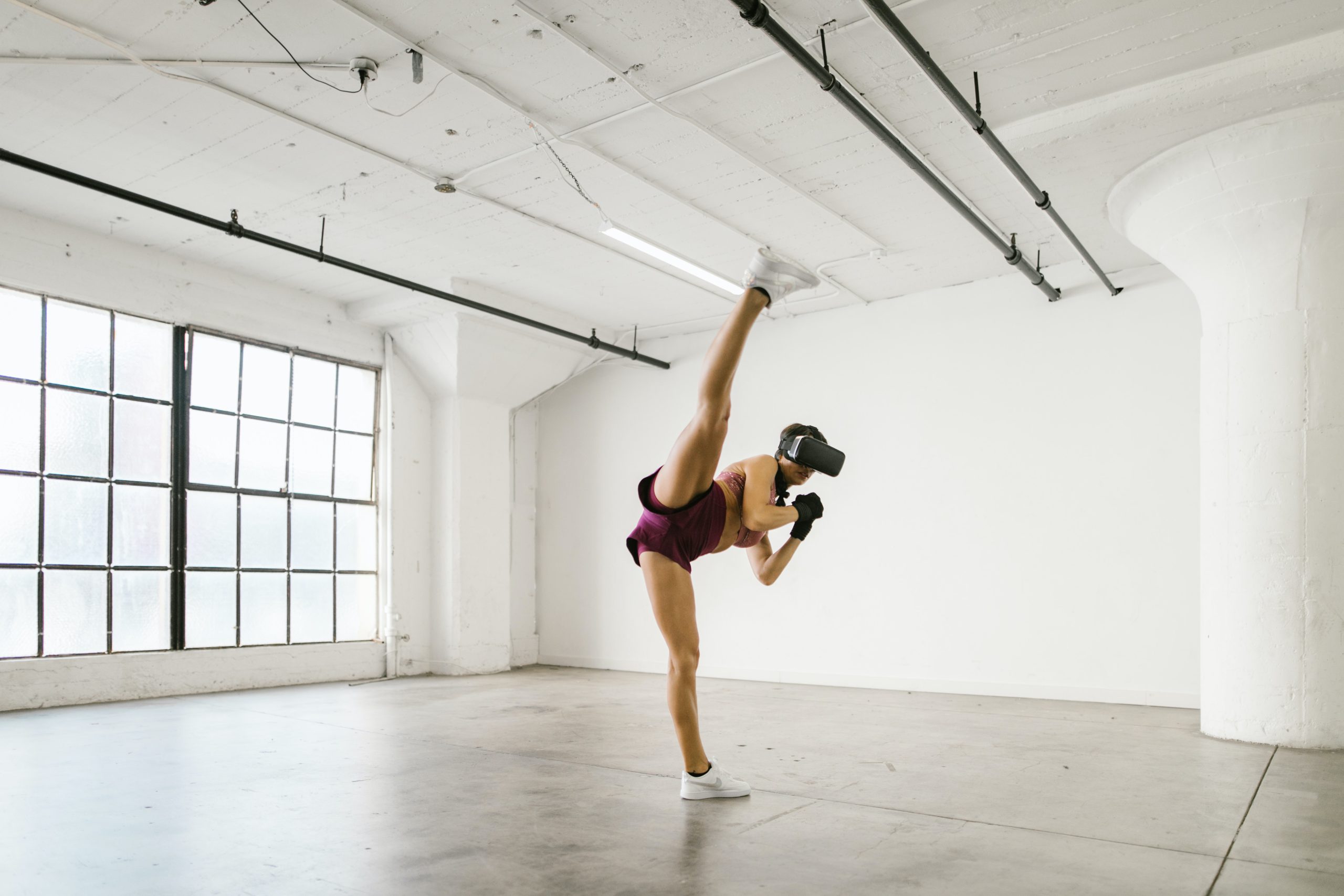The Future of Fitness: Exploring the Impact of Virtual Reality and Augmented Reality on Workouts
Fitness is an ever-evolving industry and with the advent of technology, the way we work out is rapidly changing. Virtual Reality (VR) and Augmented Reality (AR) are two of the most promising technologies that are making a big impact in the world of fitness. From virtual workouts to augmented reality training sessions, the future of fitness is looking more exciting than ever before. In this blog post, we’ll take a closer look at the impact of VR and AR on workouts and how they’re shaping the future of fitness.
Virtual Reality Workouts
Virtual Reality is a technology that has been around for quite some time, but it is only in recent years that it has started to make a real impact in the world of fitness. With VR, users can immerse themselves in a completely different world and interact with it. In the case of fitness, this means that users can participate in virtual workouts that feel like the real thing. This is because VR workouts are designed to be as realistic as possible, with high-quality graphics and sound that fully immerse users in the experience.
One of the biggest benefits of VR workouts is that they can be customized to suit a user’s specific needs and preferences. For example, if a user wants to work on their cardiovascular fitness, they can participate in a virtual running or cycling workout. If they want to work on strength training, they can participate in a virtual weightlifting workout. This customization is possible because VR workouts can be programmed to adapt to a user’s progress and provide a challenging workout that is tailored to their individual needs.
Another benefit of VR workouts is that they can be done in the comfort of your own home. With VR technology, users can enjoy a workout experience that is as good as (if not better than) the real thing, without having to leave their house. This makes VR workouts a convenient option for those who don’t have the time or resources to go to a traditional gym.
Augmented Reality Training
Augmented Reality (AR) is a technology that enhances the real world with digital information. In the case of fitness, AR can be used to enhance traditional workouts with additional information and feedback. For example, AR can be used to provide real-time feedback on a user’s form and technique, or to provide information on their heart rate, calories burned, and other important metrics.
One of the biggest benefits of AR in fitness is that it can make workouts more engaging and interactive. For example, AR can be used to create interactive training sessions that are fun and challenging, with real-time feedback that helps users to improve their form and technique. Additionally, AR can be used to create virtual challenges and games that make workouts more enjoyable and keep users motivated.
Another benefit of AR in fitness is that it can provide users with a more personalized workout experience. With AR, users can receive real-time feedback and information that is tailored to their specific needs and goals. This can help users to achieve their fitness goals more quickly and effectively, as they are receiving real-time feedback and guidance on their form and technique.
In conclusion, it's clear that virtual reality and augmented reality are changing the landscape of the fitness industry. These technologies are providing new ways to engage and motivate individuals to exercise and stay active. Whether it's through interactive VR games, virtual personal training sessions, or AR-guided workouts, the options are endless. These new technologies are making it easier for people to achieve their fitness goals and maintain a healthy lifestyle, regardless of their level of experience, physical ability, or location.
Furthermore, virtual reality and augmented reality also have the potential to revolutionize the way we approach fitness. For example, the use of biometric sensors can provide real-time feedback on our performance and progress, allowing us to make adjustments to our workouts and track our progress over time. This data can also help trainers and fitness professionals create customized workout plans that cater to each individual's unique needs and goals.
However, it's important to keep in mind that technology should complement, not replace, traditional forms of physical activity. Virtual and augmented reality should be seen as tools to support our overall fitness journeys, rather than a replacement for traditional exercise. It's important to find a balance between utilizing these innovative technologies and incorporating traditional forms of exercise into our routines.
In the end, the future of fitness is looking bright with the integration of virtual reality and augmented reality. These technologies are providing us with new and exciting ways to stay active and achieve our fitness goals, and the possibilities are endless. As the industry continues to evolve, we can expect to see even more innovative and creative applications of these technologies in the years to come.

Comments are closed!